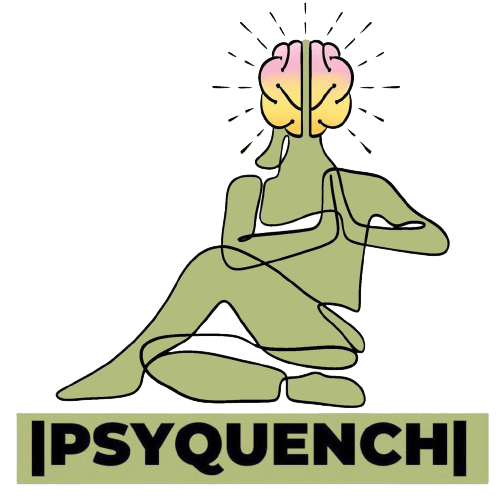Role of Consistency in Therapy Sessions
Table of Contents Introduction Consistency is the Key to a Successful Therapy Session Ways to be Consistent in Therapy and the Importance of Showing up Summary FAQs Conclusion Introduction One of the major factors of a successful therapy journey is being consistent. Therapy is a long process, and at times you may feel like giving […]






